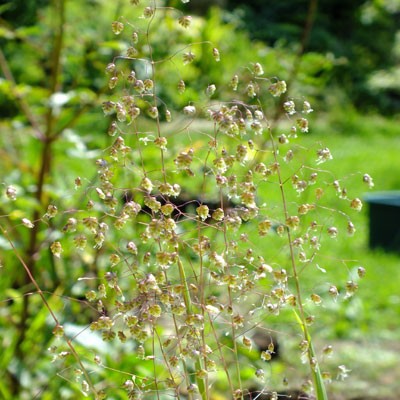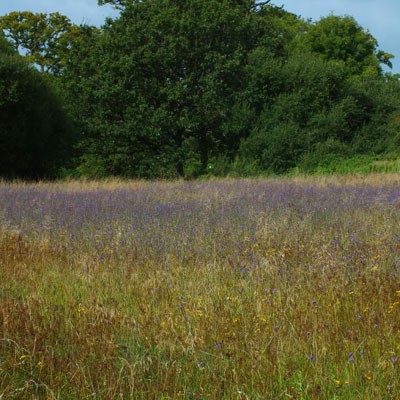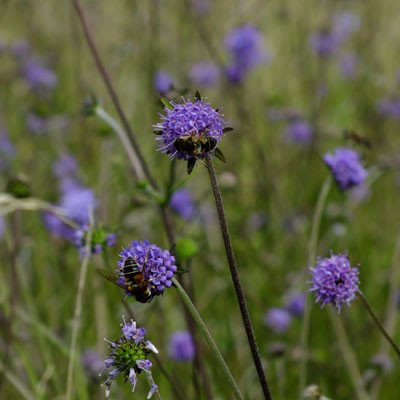-

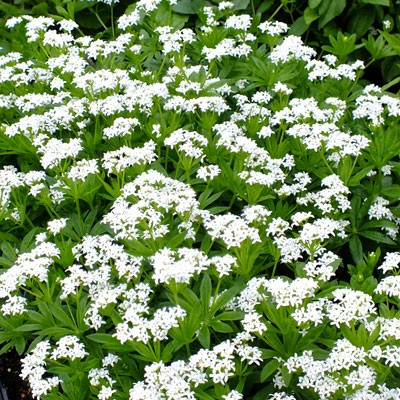
Potsize - 1L
Galium odoratum (Sweet Woodruff). (Rubiaceae) . Sweet Woodruff. A british native that really earns its place in a shady spot. It will quickly form an open carpet of bright green whorled foliage, enlivened in Spring with brightest white starry flowers. The leaves when crushed are said to smell of newly made hay. Its an undemanding plant that performs brilliantly in the sort of dry shaded situations that can be troublesome to fill. Honey produced by bees feeding on the nectar of this plant has been reported to have effects similar to Manuka Honey, but as to what evidence there is to back this up I cannot say.Discount of 25p per plant for quantities of 3 or over -
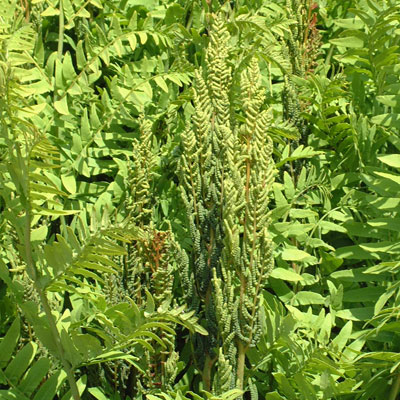
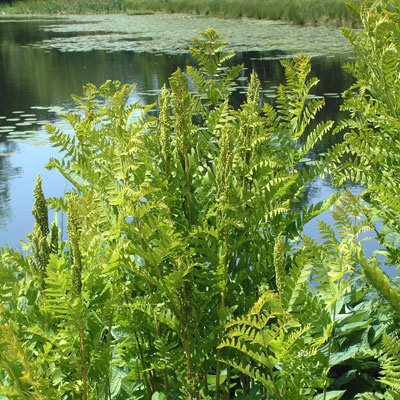
Potsize - 1L
This is our splendid native Royal Fern. Whilst the frond are a little simpler than many ferns, being just bi-pinnate, their scale makes this a very fine site. A well grown specimen can easily, if slowly, reach 1.5m in height for which it really needs a position next to water. It has a desire for a wet position, but will tolerate an ordinary site, though with consequent lack of stature. Sometime this fern is called the flowering fern, a name it gets from the fact that the fertile fronds are quite different from normal, being reduced and held erect in the middle of the crown. Said to be intolerant of lime, but this is not always borne out. The fronds can take on lovely autumn tints. DeciduousMore About Ferns
The Fern Order (Taxonomical List)
Botanical Style Photographs of Ferns
-
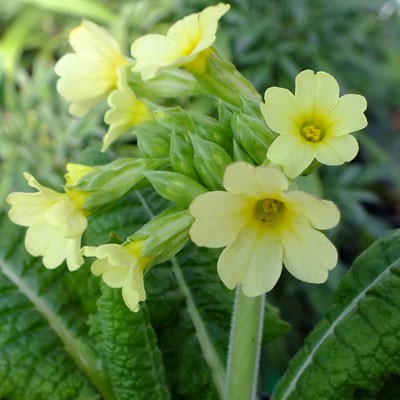
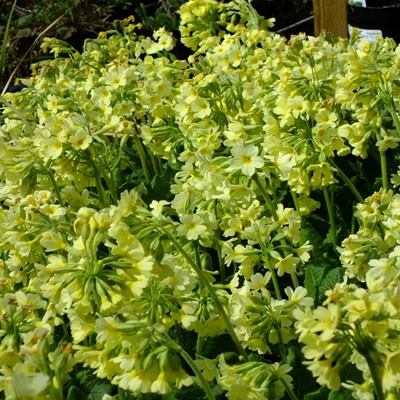
- Bee Friendly
- RHS AGM
Potsize - 9cm
Primula elatior (Oxlip). The wild form of our native Oxlip. From early spring a rosette of apple green foliage emerges which in april or may sends up stems from 10 to 30cm which are topped with a one sided umbel of short stalked primrose flowers. It was once prolific in eastern England from London to Cambridge and into Norfolk, where it was synonymous with acient woodland coppices and grew in large numbers, replacing the common primrose. It is easily grown in heavy rich soils, particularly over chalk, in shade or partial shade which do not dry out in summer. Discount of 30p per plant for quantities of 3 -9, 50p for 10 or overLinks
Primula Compared
-
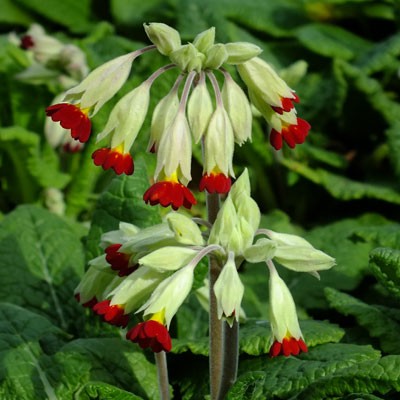
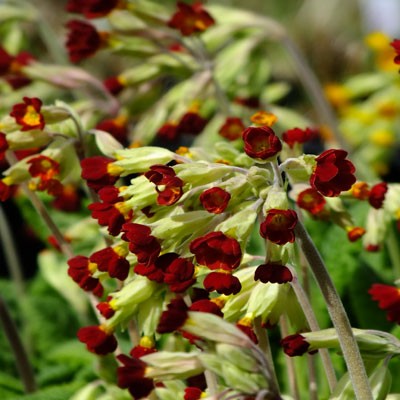
Potsize - 9cm
Primula veris 'Sunset Shades' (red cowslip). Cowslips with party dresses. It is likely that these cowslips share some of their genes with red flowered polyanthus and although still typically cowslip shaped, they are larger flowered, more flambouyant plants with flowers in shades of red and orange. They make super garden plants enjoying the same conditions as P.veris: they need to see the sun but without drying out in summer and flower in April to June. >Discount of 30p per plant for quantities of 3 -9, 50p for 10 or overLinks
Primula Compared
-
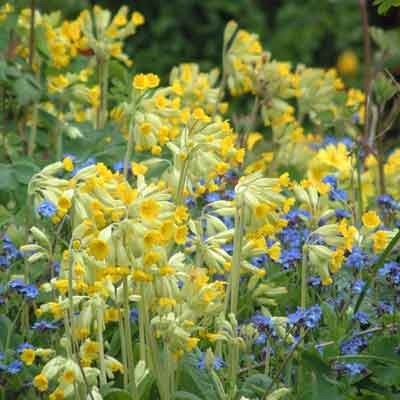

Potsize - 9cm
Primula veris. Our native Cowslip hardly needs an introduction but sadly its native homes are becoming less common. Charming native primula with lopsided clusters of bright cheery yellow flowers on short stems. Excellent for naturalising in banks or meadows ideally in sunny situations on well drained alkaline soils. In wetter, heavier or shadier spots Primula vulgaris our native primrose is more likely to suceed. If you have ideal conditions and space you may well get enough flowers to make cowslip wine but better still to stick to chardonnay and leave the blossoms for the bumble bees who often pierce the backs of the calyx to sip the nectar. >Discount of 30p per plant for quantities of 3 -9, 50p for 10 or overLinks
Primula Compared
-


Potsize - 1L
Sulphur Clover. This is a British Native that is becoming sadly rarer as its native habitats are ploughed up for arable crops and its foothold on the road verges declines with indifferent verge managemnet regimes (Do check out Plantlife's campaign to influence better roadside management). It is a native of chalky boulder-clays and more rarely chalk sites. It is a large clover which will spread with short stolons. The heads of flowers are less sulphur-yellow and more creamy and are particularly attractive to bumblebees. likes brightness, but not the full glare of the sun. June to JulyDiscount of 25p per plant for quantities of 3 or over

















































